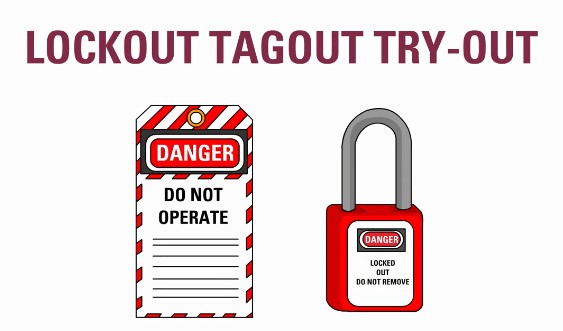Mechanical/physical hazard isolation
The LTCT standard provides a flow chart of how to safely isolate different types of mechanical/physical hazards.
Where guidance flowcharts cannot be used, risk analysis must be completed to determine the best safe isolation method.
Isolation of electrical hazards
Electrical locking can only be done by qualified electrical personnel authorized by our company. Electric shocks, electrical burns and the ignition of gases, vapors or materials by electric arcs are all hazards to human beings. All electrical isolation shall follow the electrical isolation procedure.
Chemical hazard isolation
1. The working process of chemical hazard isolation for equipment containing or containing hazardous materials is as follows: Isolation of chemical hazards – general operation process.
2. Chemical hazard Isolation Its Lockout/tagout validation criteria are based on the following simple matrix steps: Chemical hazard isolation – Selection of standard isolation.
3. This matrix takes into account the isolation object, pipe diameter, pressure, frequency and duration.
4. Determine the recommended isolation method according to the size of the calculated hazard factor.

Post time: Dec-04-2021






